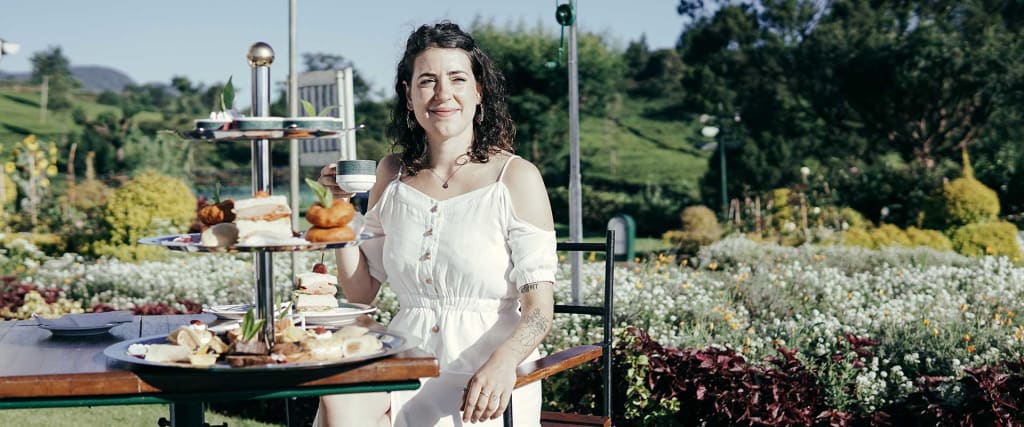How to Make Sure You Know Your Tea
Do you consider yourself a big fan of tea?

Do you consider yourself a big fan of tea? While you might know your way around the different tea brands at your local supermarket, take a moment to consider whether you truly know about the origins of your tea and the journey they have taken to make it into your household. If you want to make sure that you know your tea well, this introductory guide to tea is just the thing for you!
It’s Just Tea, so What’s There to Know?
While you might take for granted that steaming hot cuppa you enjoy daily between lunch and dinner, the art of tea production and tasting, which make it all possible, is quite a serious business with a long-standing tradition. For centuries people from all walks of life and different communities across the globe have been enjoying the pastime of tea-drinking as part of their daily rituals. From the spicy chai’s of India and bold Ceylon teas to the refined Earl Grey’s of England and the fragrant Jasmine teas of China, there are a plethora of tea types to be savoured. To call yourself a tea aficionado, you need to know the different varieties, where they come from, and how they’re made. So let’s begin!
Where is Tea Grown?
Tea bushes are usually grown out on the rolling hillsides. This is because the slopes of the hills allow for effective irrigation without drowning the plants in water. Waterlogging is quite detrimental to the successful growth of tea bushes. The tea is planted in organised rows with some spaces in between them; this makes it easy for tea pluckers to harvest the tea leaves once they’re deemed ready to be sent to the factories.
The main tea producing countries of the world are China, India, Kenya, Sri Lanka, and Indonesia. In many countries where tea production is considered a heritage industry such as Sri Lanka (formerly known as Ceylon, which might ring a bell), a lot of these tea fields and factories are open to tourists as part of the cultural experience of the country. For example, up in the hill country of Sri Lanka, you will find hotels such as the Heritance Tea Factory, which are dedicated to giving guests a glimpse into the different history and art of tea production and tea tasting. Nuwara Eliya , one of the country’s major hill-country cities, is where you can find an abundance of tea fields on which you can feast your eyes.
How is Tea Produced?
Producing tea is no simple matter. From field to cup, there are quite a few stages that need to be followed to get you that perfect cuppa you love so much. It begins with the harvesting of the tea leaves out in the fields. They are collected and transported to factories where the proper production process starts.
At the factories, the leaves undergo a withering process to remove around 30% to 40% of the moisture in them. Next, they are rolled by machine or by hand. Once that’s done, they go through an oxidisation process to let the enzymes in the tea leaves interact with the air. The level of oxidisation a tea leaf undergoes determines the colour and flavour of the tea. The longer a leaf is left to oxidise, the browner they will become, and the stronger a flavour they will develop. Finally, the oxidised leaves undergo a drying process to further reduce the water content in them, this time to around 3%.
At the factory, the tea leaves also go through a sorting process before they are packed; this is not only based on the type of tea leaves they are, but also on characteristics such as the size and appearance of the tea leaves. Categorising them by size is important because leaves of varying sizes require different brewing times.
What are the Different Kinds?
You might be familiar with black teas and green teas, which are popular in the West as well as on the orient. However, did you know that there are also other varieties such as white teas and Oolong teas? The interesting part is that it’s not so much the variation in the type of leaf that arises to such a variety of teas; it’s rather the level of oxidisation to which the tea leaves have been exposed that determine which kind of tea they’re going to help produce.






Comments
There are no comments for this story
Be the first to respond and start the conversation.